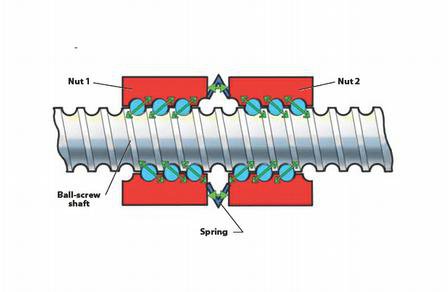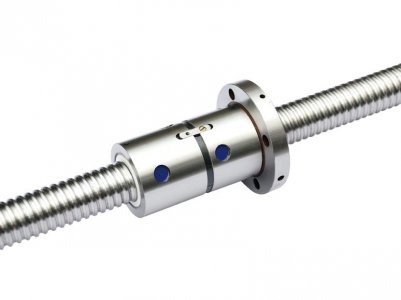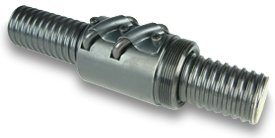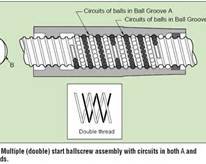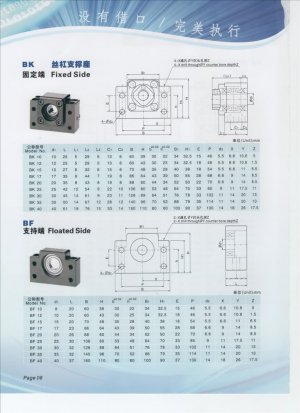- Joined
- Aug 26, 2013
- Messages
- 1,061
I am using both a stepper and servos on my mill, all with a single loop via magnetic scales. All of the velocity feedback that is required comes from the magnetic scales, there is no need for an encoder on the motor unless the servo drive requires it. There is no under or over shoot, it goes where it is told to go and is accurate to within plus/minus 1 pulse. In my case, 1 pulse is 0.000039 inches (1 micron).
ho are you dealing with screw flex and twist, and all the other forms of backlash, with a single loop sevo system? Are you deriving the velocity and acceleration inputs from the position inputs of the scales?
it's good to see more programmers showing interested in hobby cnc and I hope they can get something to market in an affordable price range, I
I don't think it's a software issue, as much as it is the nature of the beast. with all the possible hardware combinations I think it would be cost prohibitive to design and build a control that handles everything really well in a plug and play fashion. The number one thing the industry does, is buy matched drive and motor sets. They are essentially plug and play, because someone did the toning for you, but they are super expensive and only work well as a matched set.

